
Madrasah
Education Program held in Quezon City, the Philippines. (Photo: news.xinhuanet.com)" width="768" height="512" /> Graduation ceremony of Madrasah Education Program held in Quezon City, the Philippines. (Photo: news.xinhuanet.com)THE MADRASAH ISLAMIC EDUCATION IN THE PHILIPPINES STARTED AROUND 13TH CENTURY
by Ustadzah Anisa Taha*
The madrasah or Islamic education in the Philippines is believed to coincide with the growth and coming of Islam, which was brought by Arab missionaries and Malay adventurers who settled in Sulu and western Mindanao.
The population of the Philippines is estimated at 101,802,706 in early 2015. Muslims form 5% of the Philippine population, while the rest of the general population are mostly Roman Catholic (84%) and Protestant (8%).
Also Read: The Forty-Four-Days of Glory: Azerbaijan’s Struggle for Justice and Peace
Islam is one of the oldest organized religions to be established in the Philippines. Based on the Sulu Genealogy, in the 13th century, a certain Tuan Mashaika arrived in Sulu and introduced Islam to the inhabitants (Abubakar, 1983).
A later missionary by the name of Karim-Ul-Makhdum arrived during the second half of the 14th century, and his religious activities reinforced the growing Islamic community in Sulu Abubakar.
Makhdum was followed a decade or so later by a Sumatran Muslim nobleman, Rajah Baguinda, who intuited himself into the local Sulu leadership and also furthered the spread of the teachings of Islam (Hassoubah, cited in Alonto, 1986).
In the beginning of 15th century, another Arab missionary, Sayyid Abū Bakr also known as Sharif-ul Hashim, landed in Jolo Island.
Abu Bakar consolidated political power by introducing the sultanate as a political system with himself becoming the first sultan. His 30-year reign saw the construction of mosques and the establishment of madaris (Abubakar).
Also Read: Palestine Solidarity Month: A Collective Movement for Al-Aqsa and Palestine’s Freedom

Madrasah
, or a program on Arabic language and Islamic values, in Quezon City, the Philippines, March 17, 2013. The Madrasah Education Program was formulated by the Philippines' Department of Education in the Autonomous Region for Muslim Mindanao. (Xinhua/Rouelle Umali) " width="416" height="277" /> Muslim students participate in the graduation ceremony from 6th-level Madrasah, or a program on Arabic language and Islamic values, in Quezon City, the Philippines, March 17, 2013. The Madrasah Education Program was formulated by the Philippines’ Department of Education in the Autonomous Region for Muslim Mindanao. (Xinhua/Rouelle Umali)Madrasah education was mostly done in the house of the Guru, a Sanskrit word for “teacher.” Sometimes classes were also done in the mosque. Lessons were confined to the reading and writing of the Arabic language as the means of reading the Qur’an.
As of now there is created as so called Madrasah curriculum, Alhamdulillah, which is half of the subject from kinder is in Arabic instruction and the basis subject like english,science and Filipino is the english instruction.
And if the implementing or school (Madrasah) is qualified in terms of facilities,,the government is giving a subsidy for each one of the pupils in the amount of 5000 to 6000,and also a subsidy for the teachers.
There are many Madrasah and school right now who are enjoying this kind of opportunity
Aside from this I was then an ALIVE teacher in a public school.
Also Read: Hassan al-Turabi: A Controversial Thinker from Sudan
ALIVE means Arabic language and Islamic Values Education,,,there are ustadzes who are assign in public schools which are dominated by Muslims to teach the subject.
And there is also a program for the Ustadzes funded by BEAM, which is called Accelerated Teachers Educational Program (ATEP) where Asaatidz are given opportunity to study in college for two years to get the diploma of education, 3 batches are being implemented in Mindanao area.

Muslim students in Davao City participate actively in an Arabic language and Islamic values education class.(Photo: dfat.gov.au)
There are three general descriptive types of madrasah in the Philippines.
1. Traditional or weekend madrasah:
Also Read: Who Exactly is the RSF Group Shaking Sudan?
Instruction is basically religious. It is considered as non-formal education due to its characteristics:
a. classes are held on Saturdays and Sundays only or days agreed upon by the teacher and the students/pupils.
b. it does not have a formal curriculum.
c. it is non-graded and may have multi-age grouping.
d. it only requires its teachers to be graduates of a madrasah or to be an imam (Muslim religious leader).
2. Developmental or formal madrasah:
This type offers hierarchically structured education and sequential learning generally attuned with the formal education system. It operates like a regular school where the students go through madrasah edadi (pre-school), to madrasah sanawi (high school).
The teachings concentrate on Islamic religious and cultural subjects and include some mathematics and sciences courses, with Arabic as the medium of instruction. Expectedly, the madaris students lack competitive skills required for employment and are not eligible for transfer to regular schools because the madaris do not implement the standard curriculum of the Department of Education. This type is not recognized and accredited by the Department of Education.
3. Standard private madrasah:
Also Read: The Two-State Solution (Palestine–Israel) in Historical Perspective
This type of madrasah has been harmonized, upgraded and modified to become a component of the Philippine education system through the issuance of DepED 2004, prescribing the Standard Curriculum for Elementary Public Schools and Private Madaris.
Henceforth, all madrasah institutions in the country shall be required to adopt and implement said standard curriculum to obtain government recognition and accreditation.
In the public schools, the enriched curriculum is likewise prescribed mandating the offering of Arabic language and Islamic values for Muslim students throughout the country in areas where there is a Muslim population.
*The profile of Anisa Taha
Ustadza Anisa Taha, is a Muslim Religious Leader. She is a graduate of Bachelor of Science in Islamic Studies at Ma’had Kutawato Al-Islamie, Bachelor of Science in Elementary Education at Notre Dame University, and Thanawie in Arabic Education.
Also Read: Enchanted by K-Dramas, Dragged into Slander: Time for Muslims to Rise!
She is currently pursuing Master of Public Administration and Islamic Management at REMA Academy and Master in Public Administration in Local Governance at Ateneo Davao. She also holds a short course certificate on Educational Management at Massachusetts, USA.
Ustadza Anisa Taha-Arab worked as a classroom teacher on Islamic Values in private Madrasah for twenty years.
She is also a Program Officer of the Campus Ministry Office of Notre Dame University, Cotabato City where she is facilitataing the formation programs of the university.
She is currently a co-anchor of three radio programs of Department of Health, Autonomous region in Muslim Mindanao.
Also Read: Creating Opportunity and Avoiding Misery; Lesson Learn on Waste Recycling Issue
Her trainings includes international Training of Muslim Religious Leaders on Reproductive Health and Family Planningin Indonesia.
Managing Challenges in Building a Nation in Malaysia, as facilitator of local trainings in Values Transformation, Reproductive Health in Islam and Responsible Parenthood.
She work as an adviser and a writer of the propose module of HEALTH PRO, ARMM entitled MABROOK, and also served as a writer also of Pre/Post Marriage Counseling Module of NCMF. (T/IBI/P3)
Mi’raj Islamic News Agency (MINA)
Also Read: Between the Treaty of Hudaybiyyah and Ceasefire in Gaza





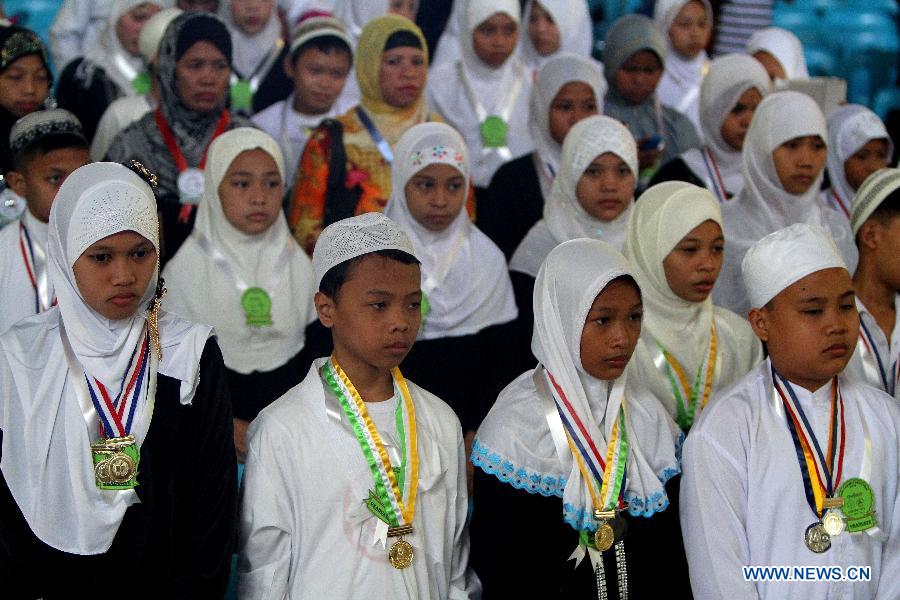


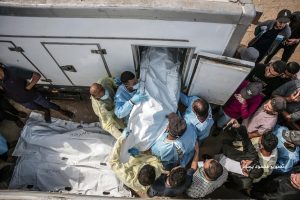
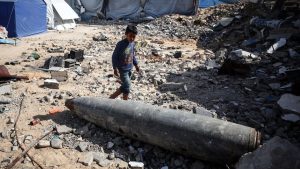
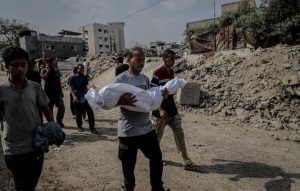
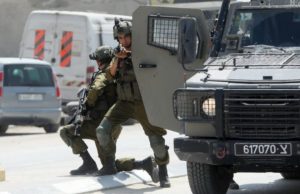
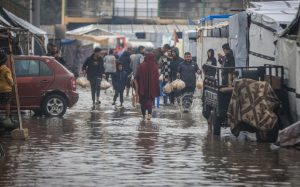

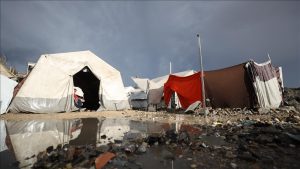

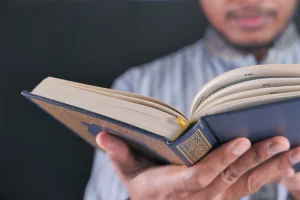

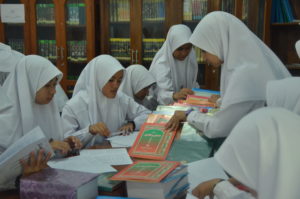
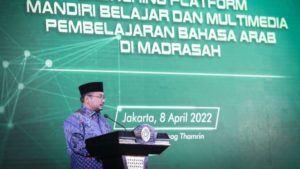





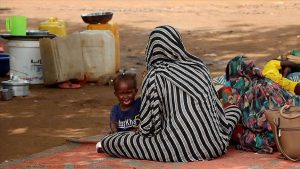
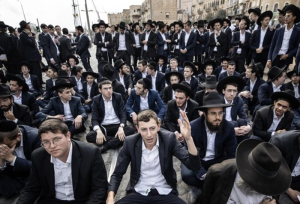

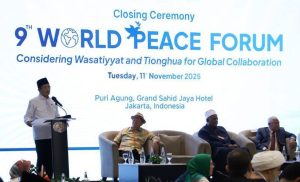
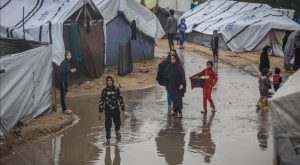
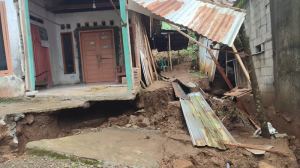



 Mina Indonesia
Mina Indonesia Mina Arabic
Mina Arabic